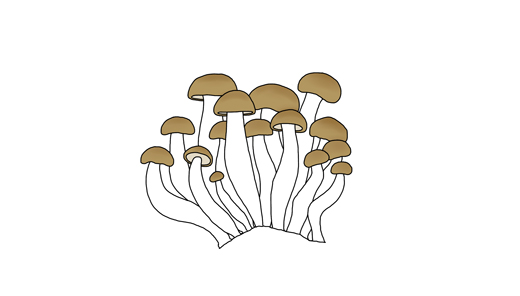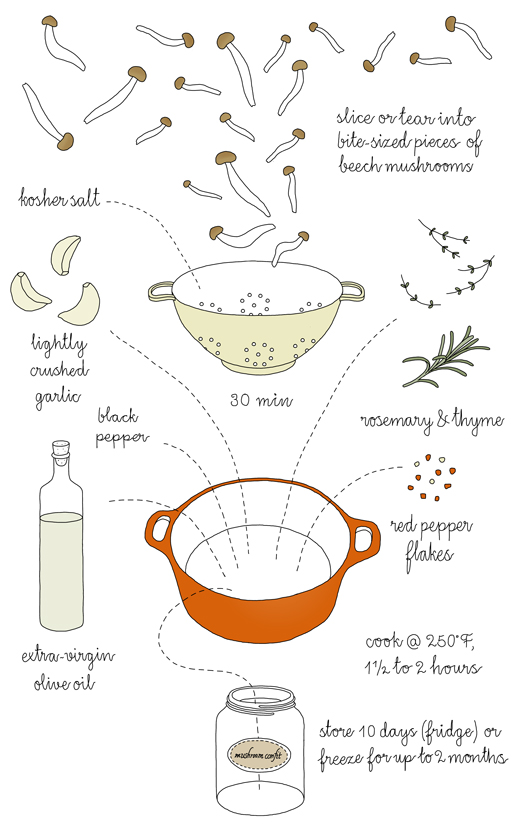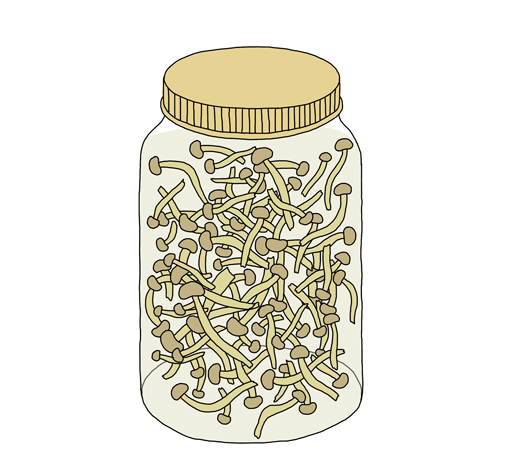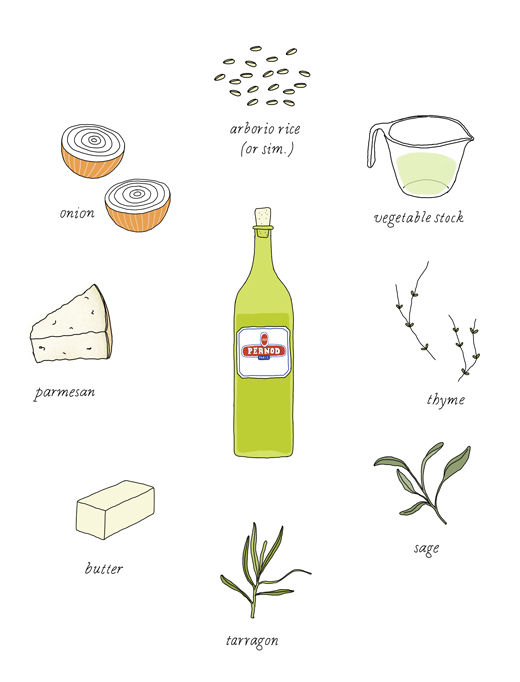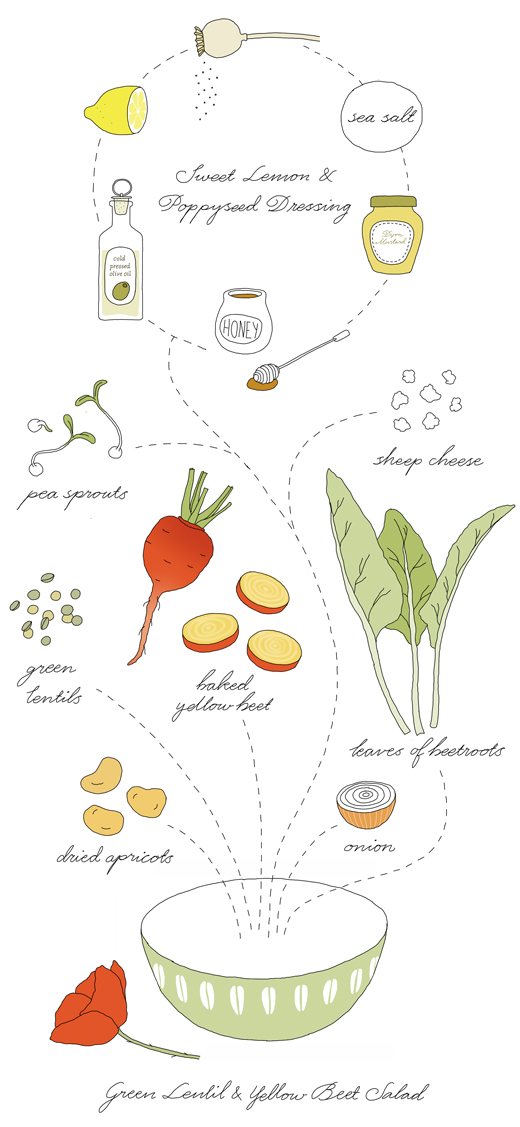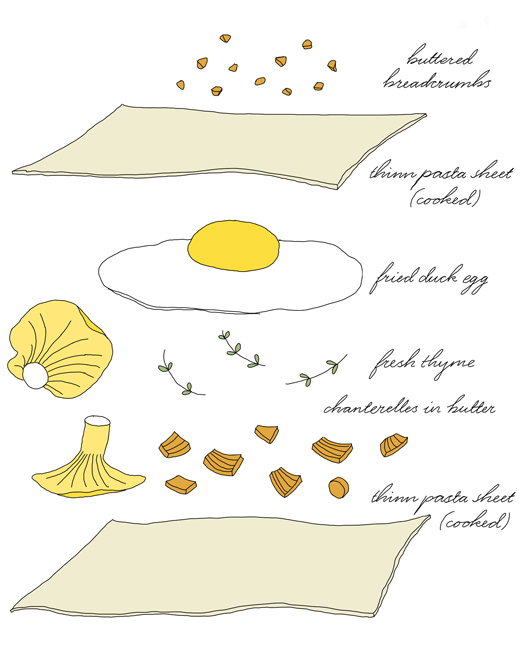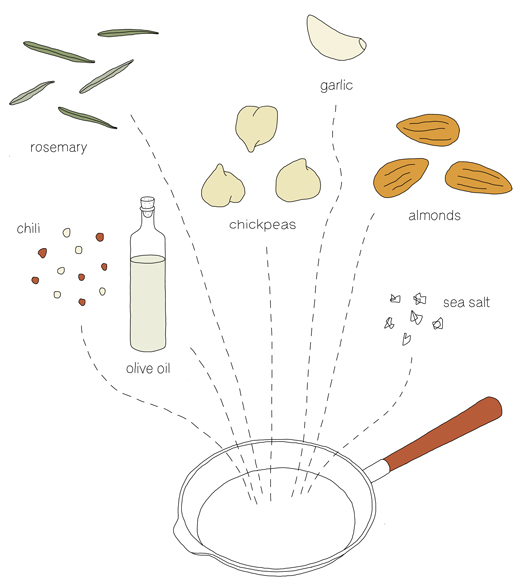
One of my favorite starters is Jules Clancy’s warm chickpea salad with rosemary & garlic. It’s a wonderful dish that is super easy to put together. It always seems to be a welcoming treat for my guests. I serve it warm or cold as a starter together with fresh homemade bread. This dish is also nice together with olives, mushroom confit, feta and thinly sliced dried sausage.
I have tried different variations of this recipe; thyme instead of rosemary and sunflower seeds instead of almonds. They are all good, however the original combination of chickpeas, chili, rosemary and almonds is just perfect so I mostly stick to that. The recipe below is almost identical to Jules, but my method is slightly different. For example, I prefer to add the garlic at the end, as I easily burn the garlic otherwise. And in this way I minimize the risk of bitter and overcooked garlic.
Thanks Jules for this lovely recipe.
Chickpea Salad with Rosemary & Almonds
adapted from a recipe by Jules Clancy
400 g cooked chickpeas, drained (about one regular can)
chili flakes
one sprig of fresh rosemary, leaves chopped fine or kept whole
one garlic clove, minced
flaky sea salt
¼ cup (60 ml) almonds, toasted
In a separate frying pan, heat up some olive oil. When the oil is hot, lower the heat to medium and add the rosemary with a pinch of chili flakes, fry for about a minute before adding the chickpeas. Stir occasionally. Just when the chickpeas start to brown, clear a spot in the pan and add the minced garlic. Let cook for just a little bit before stirring in the rest. Lastly, add the toasted almonds and season with sea salt and some more olive oil (if it feels too dry).
*
As you may know already, Jules is the creator of Stonesoup where she share recipes and teach minimal healthy cooking. In 2011 she was a guest here on kokblog. I have also done several illustrations for her websites, for e.g. the beets in the header of stonesoup, the yellow bench and header of her Virtual Cookery School.
*
Can’t get enough of chickpeas? I suggest you check out these links:
Feed the Hommous – Chickpeas, the Versatile Bean by Fouad Kassab
Fabrizia’s Panelle by Nicky at Delicious Days (I love Fabrizia‘s Panelle)
Black Chickpea and Broccoli Soup by Elizabeth Minchilli
Smoky Fried Chickpeas by Aliwaks at Food 52
Easiest Way to Skin Chickpeas for Super Smooth Hummus [VIDEO] by Andrew Janjigian at America’s Test Kitchen

